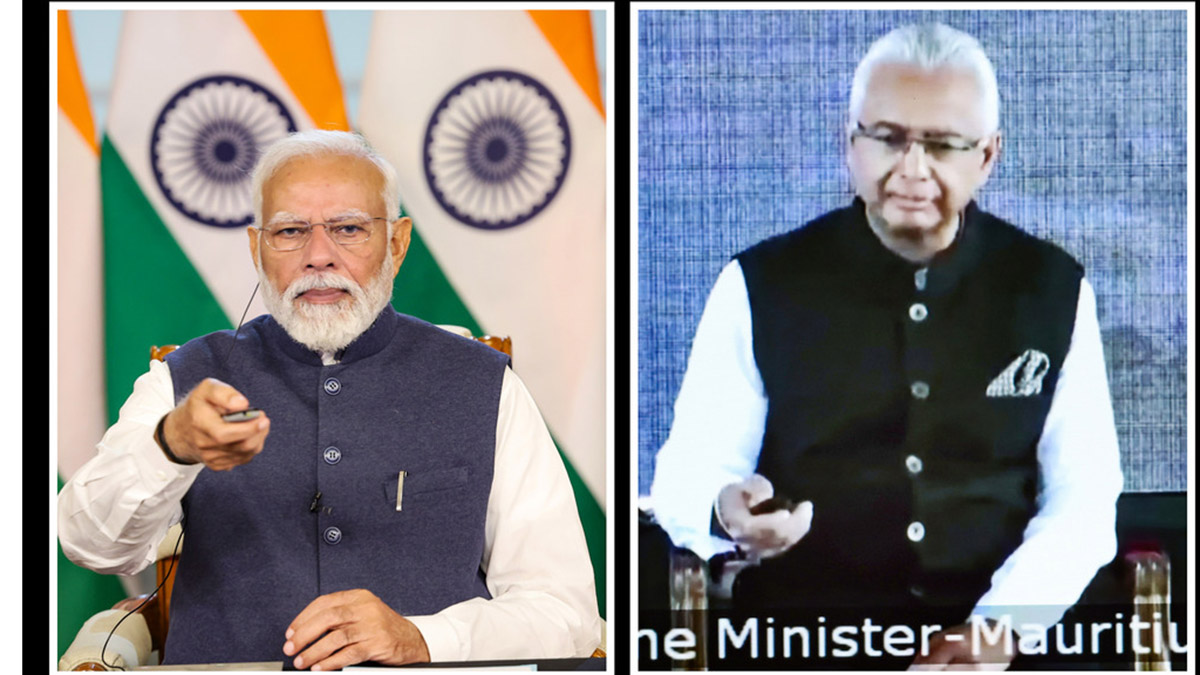Well, this can be a political hot potato, especially in a charged atmosphere after-and before-elections.
Prices of compressed natural gas and piped natural gas are rising in Delhi, while they are falling in Gujarat. CNG is auto fuel and PNG is the cooking gas distributed through pipes.
The development has the potential to queer the pitch for a war of words between political parties at a time when the newly formed Aam Aadmi Party, which had high energy and water prices as the theme of its campaign, is about to take charge in Delhi. That Gujarat chief minister Narendra Modi is the main opposition party’s prime ministerial candidate only adds more colour.
AAP chief Arvind Kejriwal has already told ANI he will see as to what was the reason behind raising CNG prices. He has also urged auto drivers not to go on strike in the state capital.
An official with state-run Indraprastha Gas, which distributes gas in Delhi, has told The Economic Times that “the Congress-ruled Centre” has cut allocation of cheaper domestically produced gas to the company. This has resulted in an increase in the input costs and gas prices.
Clearly, battle lines are drawn.
But why are the prices behaving differently in different states? Here is a decoder:
CNG and PNG prices in Gujarat were already high-in fact much, much higher than in Delhi and Mumbai. Gas distribution in the two metros were handled by Indraprastha Gas, owned by public sector Gail, and Mahangar Gas, respectively. Both these companies were getting cheaper domestic gas from Gail, which is the country’s premier gas transportation company.
Meanwhile, GSPC Gas, Adani Gas, Gujarat Gas, Charotar Gas and Sabarmati Gas, all of which distribute gas in Gujarat, were dependent on imported regassified-liquid natural gas or RLNG. This is costlier than the domestically produced gas.
Naturally, the prices were higher in Gujarat and lower in Delhi. According to this Indian Express report , Adani Gas was charging Rs 68.80 for a kg of CNG in Ahmedabad and Rs 37 for a standard cubic meter of PNG.
The ET report says CNG prices in Delhi stood at Rs 45.6 per kg (Rs 52.55 in NCR) and PNG at Rs 27.50 per scm.
A Gujarat High Court order recently asked the Union petroleum ministry to allocate the cheap domestic equally to all city gas distribution companies. This has forced the Union government to cut gas allocation to Indraprastha Gas and distribute it to other companies including Adani Gas and GSPC Gas.
This has helped Gujarat companies reduce prices in the state, while Indraprastha Gas has been forced to increase prices in Delhi as their domestic gas allocation has been cut and are now dependent on imported RLNG to meet the demand.
According to the IE report, Adani’s CNG price has been cut to Rs 58.75 per kg and PNG to Rs 28.80. GSPC Gas has cut the prices by Rs 10 per kg and Rs 2-9.45 per scm, respectively.
In Deihi, the prices now stand at Rs 50.10 per kg (Rs 56.70 in NCR) and Rs 29.50 per scm for consumption up to 30 scm. The ET report says beyond 30 scm, the price of PNG in Delhi will be Rs 52.
So much for the technicalities. But the political angle in the gas pricing and distribution business is hard to miss.
Here are a few questions: Why were the gas prices in Congress-ruled Delhi and Mumbai kept lower until now? Why was the domestically produced cheap gas not distributed to all equally? All Indians have equal right to cheap gas produced here. Isn’t it surprising that the government did not think of this democratic right until the court order?
)
)
)
)
)